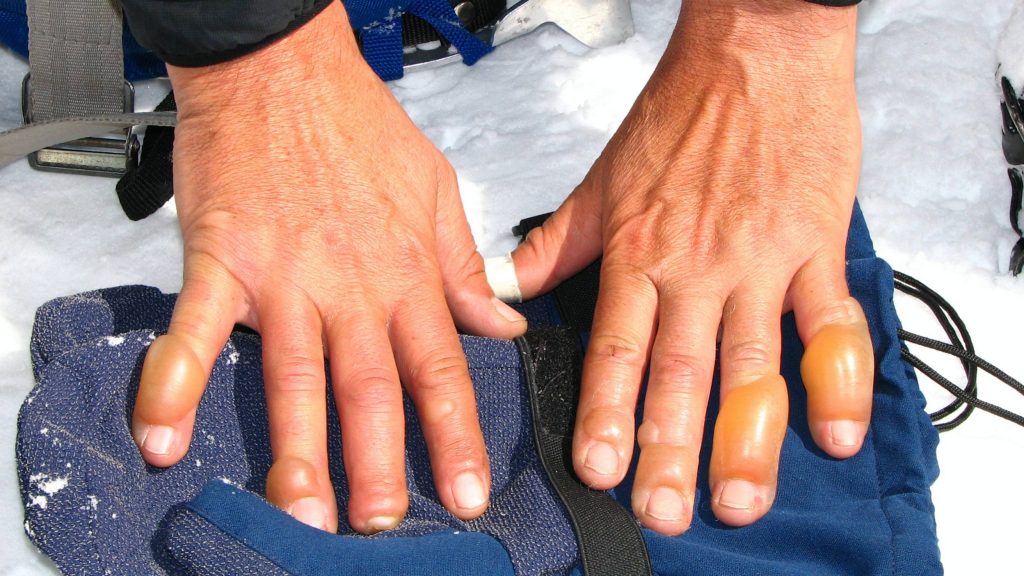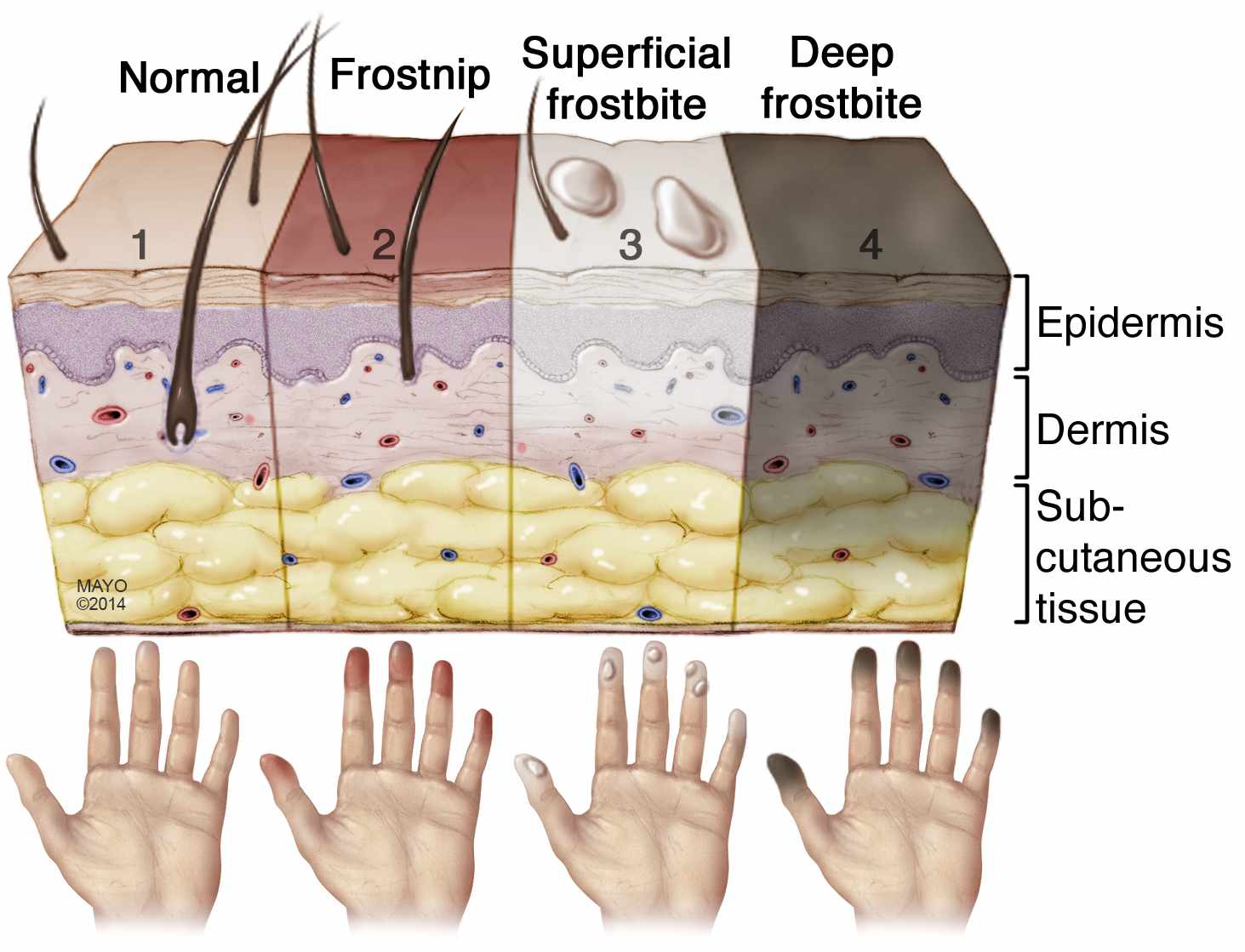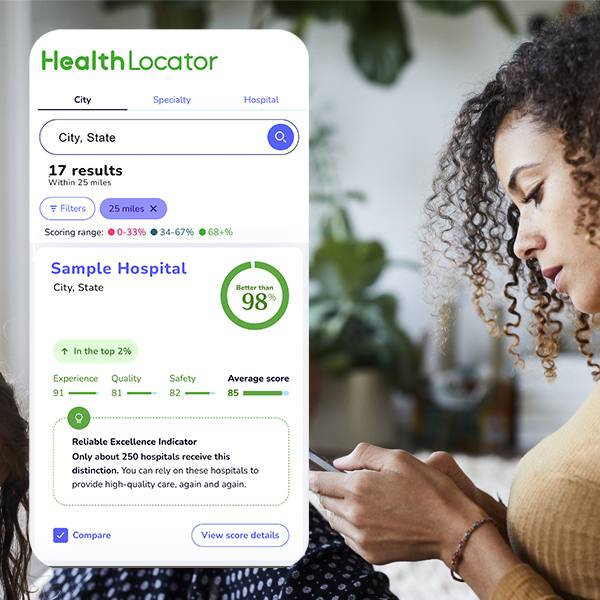-
Frosty grip brings frostbite fears and other weather-related worries

Much of the U.S. is facing severe winter storms and subzero temperatures. And one of the first concerns, if you're outdoors, should be frostbite.
Frostbite is an injury caused by freezing of the skin and underlying tissues. First your skin becomes very cold and red, then numb, hard and pale. Frostbite is most common on the fingers, toes, nose, ears, cheeks and chin. Exposed skin in cold, windy weather is most vulnerable to frostbite. But frostbite can occur on skin covered by gloves or other clothing.
Signs and symptoms of frostbite include:
- At first, cold skin and a prickling feeling
- Numbness
- Red, white, bluish-white or grayish-yellow skin
- Hard or waxy-looking skin
- Clumsiness due to joint and muscle stiffness
- Blistering after rewarming, in severe cases

But frostbite isn't the only danger in the bitter cold. There are other serious health conditions to be worried about in frigid temperatures.
Dr. David Nestler, a Mayo Clinic emergency medicine specialist, says hospital emergency departments see an influx of weather-related injuries with each snowstorm. He reminds the public about the dangers of frostbite and other health problems and he says falls are amongst the most common emergencies. "The snow and ice make it easy to slip and fall," says Dr. Nestler. "We see many, many broken bones because of that." Weather-related vehicle accidents, heart attacks triggered while shoveling snow and exposure injuries, such as frostbite, also send more people to emergency rooms.
Watch: Dr. Nestler discusses the danger of cold weather.
Journalists: Broadcast-quality sound bites with Dr. Nestler are in the downloads at the end of the post. Please "Courtesy: David Nestler, M.D. / Emergency Medicine / Mayo Clinic."
Related post:
Mayo Clinic Minute: Why the risk of frostbite is greater than you think
_____________________________________
For the safety of its patients, staff and visitors, Mayo Clinic has strict masking policies in place. Anyone shown without a mask was either recorded prior to COVID-19 or recorded in a nonpatient care area where social distancing and other safety protocols were followed.







